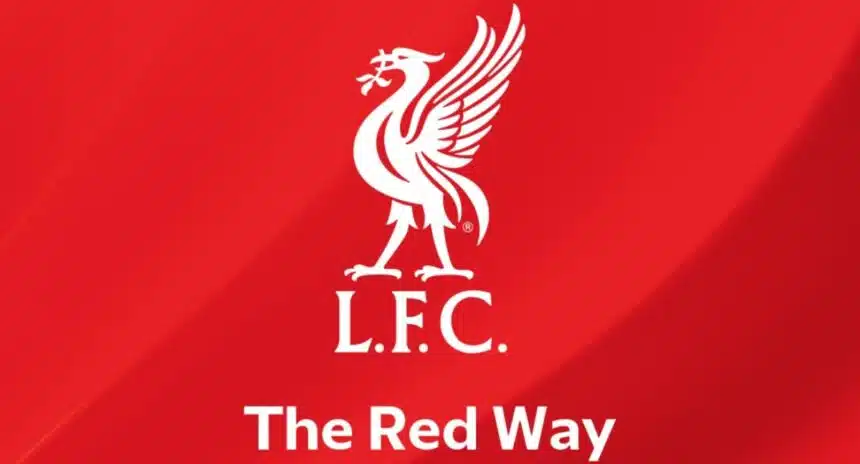Liverpool FC’s Red Way is meant to build a better future by means of effective governance, innovation, and group action. It addresses social responsibility, environmental sustainability, and community involvement among other broad spheres.
The approach is not only a declaration but also a useful framework that directs the club’s activities and decisions so guaranteeing sustainability in its operations and culture.
Highlights from the Most Recent Report
The report for the 2023/24 season is the third one, and it reflects some big successes in all areas of The Red Way.
Nine major sustainability awards—including prestigious honors like Front Office Sports’ “Most Sustainable in Sport” and the Sports Industry Award for Environmental Sustainability—have acknowledged the club’s efforts.
These honors highlight Liverpool’s sports industry sustainability leadership.
Environmental Sustainability (Planet Pillar)
Environmental sustainability remains a guiding principle for Liverpool. The club had extraordinary success this past season:
- Energy: 96% of the energy used by club sites was renewable or low carbon.
- Carbon: Liverpool FC achieved a 100% offset of its football operations’ carbon emissions. The club achieved 12.5% less emissions compared to the previous season. Emissions are down 15% under the 2019/20 baseline.
- Travel Emissions: The club offset all carbon emitted from domestic team flights by purchasing Sustainable Aviation Fuel (SAF). Team buses also operate on Hydrotreated Vegetable Oil (HVO), reducing emissions by as much as 90 per cent compared to normal diesel.
- Biodiversity: The school’s grounds team planted more than 1,000 trees and hedges, built habitats for honeybees and solitary bees, and maintains a community of 60,000 bees. The club has an allotment project also, providing half a ton of fresh produce for its kitchens.
- Innovation: The new orchard at the AXA Training Centre will use benches from the 100% recyclable Anfield pitch.
Liverpool FC also holds ISO certifications in sustainability (ISO 20121), health and safety (ISO 45001) and energy management (ISO 50001), illustrating the club’s dedication to responsible governance and operational efficiency.
Social Responsibility (People Pillar)
Corporate social responsibility is rooted in the stakeholders of the company in society.
As far as Liverpool FC’s social programs are concerned, the club is dedicated to promoting equality, diversity and inclusion through its Red Together program. Notable highlights include:
- Hosting the club’s inaugural Iftar event at Anfield, which saw 2,800 people come together to break their fast during Ramadan.
- The club demonstrated its support for the International Day of Disabled Persons by raising global awareness of Crommelin Syndrome.
- LFC Foundation, the club’s official charity, reached more than 127,000 individuals across the season. Thus delivering a social return of £13.70 for every £1 invested. Over 60% of entrants are from the UK’s most deprived areas, which demonstrates the reach of the club in the community.
Governance and International Authority
Governance approaches and strong accountability and leadership underpin the sustainability strategy at Liverpool FC.
Reflecting on the learnings of Impact, Bristol Bears Chief Legal & External Affairs Officer Jonathan Bamber says it is critical to be aware of what the club is doing impact-wise and ways it can be successful on and off the field.
The club’s representatives are actively engaged in world sustainability discussions and attended 24 international events over the course of a season, including Climate COP28 and the UN’s Global Eradicate Hate Summit.
What Does This Mean for Liverpool FC and Its Supporters?
I think LFC’s drive toward sustainability in The Red Way is a great example for sports organizations around the world! The club’s transparency in reporting and demonstrable progress shows that sustainability doesn’t have to detract from the performance on the pitch or from the supporters that drive the whole show.
The presentation around renewable energy, carbon reduction, biodiversity, and social integration underscores a comprehensive approach for the betterment of the club and the community at large.
Liverpool’s aim to reach net zero carbon by 2040 is a bold one but there is clear evidence that it is achievable based on what is already being done and is in the pipeline.
I personally think this is an investment in the club’s legacy. It allows future generations of fans and players to inherit a healthier planet and a more inclusive society.
What Can Fans and the Community Do?
Followers and local residents can becomre part of The Red Way by helping to fund the club’s sustainability projects. They can also attend community initiatives organized by the LFC Foundation, and share knowledge about the club’s environmental and social activities. And the club’s annual reports provide a level of information that allows supporters to measure and hold the organization to account.
The Red Way is more than a sustainability plan. It is Liverpool FC’s response to being a responsible and progressive football club. The new report shows significant progress in cutting carbon, supporting biodiversity, encouraging inclusion, and upholding good governance. While the club treks down this path, it gets to further strengthen its position as a trailblazer for sustainability in the world of sports.
What do you think? Share your thoughts in the comments or share on Facebook and Twitter.
And before you go, check the Key Moves during the 2025 Football Summer Transfer Window.
Sources:
- www.liverpoolfc.com/news/lfc-showcases-leadership-sustainability-latest-red-way-report
- www.sustainabilitymag.com/articles/liverpool-fc-wins-esg-award-at-global-sustainability-awards











